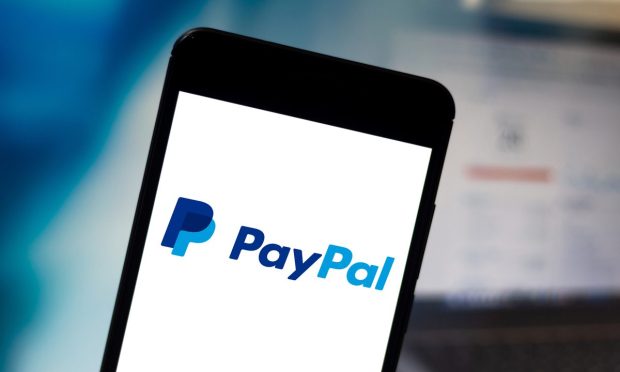PayPal, Venmo Now Payment Options at In-Store POS

PayPal is seeing an expansion of people using its services as the world becomes more digitized, a company blog noted.
The release said PayPal knows that an omnichannel payments strategy is important if businesses want to compete and keep up with preferences of customers.
The company says “millions” of small and large businesses use its services at point of sale (POS), in addition to merchants taking PayPal Cash Card Mastercard, PayPal Business Debit Mastercard, Venmo Mastercard Debit Card and the Venmo Visa Credit Card.
According to the release, even smaller businesses like Speakcheesy, The Bullpen and Windybush Hay Farms are jumping onto using it’s the PayPal Zettle POS solution. The company says this lets them accept PayPal and Venmo in-store without having to go through many technical adjustments.
PayPal notes that many people, around 71% of respondents to a study from Forrester, are more likely to buy and feel good about a brand if they can use a variety of payment options and digital wallets.
And the people using the services skew young – millennials and Gen Z make up a large chunk of the users of Venmo.
Finally, travel merchants like United Airlines have begun using PayPal QR codes to reach customers, a change from when airlines only accepted physical payment cards to buy food or drinks on a plane.
PYMNTS quoted Nitin Prabhu, PayPal’s vice president of merchant platforms, integrations and dev-experience, saying the pandemic’s digital shift has shown what’s possible in terms of making changes in commerce.
See also: PayPal Combines COVID Learning With Digital Transformation to Pursue ‘Commerce 2.0’
The omnichannel focus is likely to be a fixture, the report said, with Prabhu adding that eCommerce has become “essential,” with stores opening up but customer behavior being permanently changed.
“A lot of times the journey starts online, on their desktop, on their mobile, but may end in store,” he said. “It’s a challenge.”
He continued by saying merchants can’t just look at the various channels by themselves, because that could lead to a “broken” experience. He said merchants have to get used to working with many partners at the same time.
